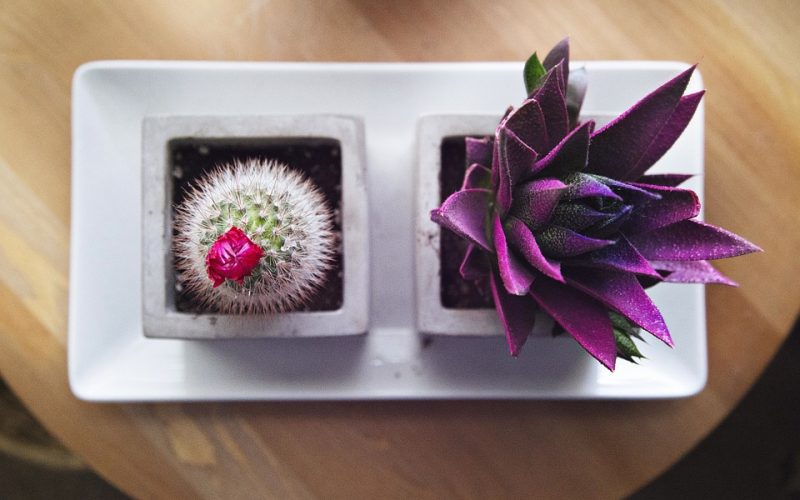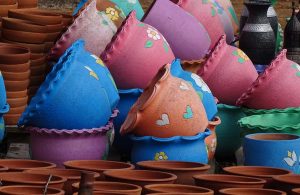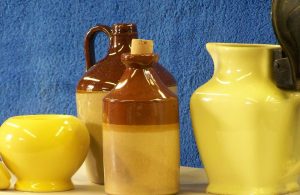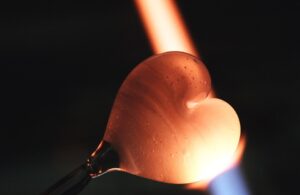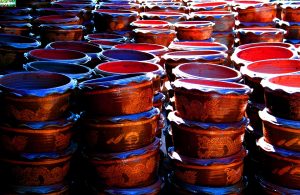Protecting a New Clay Piece with Glass
Glazes work by forming a coat of glass that will bond to the bisque. The glaze that touches the bisque penetrates it to seal the microscopic holes created in the clay during the first heating process.
Once a piece of clay has been shaped into an object and fired, it becomes a bisque piece. The pottery has been formed into its final shape and nothing more needs to be done. If liquids will be contained within a pottery piece, they will eventually drain out or stain the pottery. This is because the piece is not sealed. Sealing pottery requires a glaze that must added on the bisque piece and fired in a kiln.
Glazes work by forming a coat of glass that will bond to the bisque. The glaze that touches the bisque penetrates it to seal the microscopic holes created in the clay during the first heating process. They also form a layer of glass on the outside. This layer is stronger than the pottery. It seals and protects it because of the strength and durability of glass.
Sand is one of the main components of glazes. When fired in the kiln, it becomes glass. Pottery does not have a high enough firing temperature for this to occur, so alumina is added to the glaze mix. The alumina lowers the temperature at which sand turns into glass in a kiln. This saves the pottery from cracking or breaking when fired while allowing the glass seal and coat the form. It is a time-tested method for protecting pottery.
There are many glazes available on the market today. Each type is a mixture of the various components needed and has a different outcome when fired in a kiln. Some glazes will cool with a glossy finish, and other glazes cool into a matte finish. Every glaze has a firing temperature and this must match the firing temperature of the bisque. All glazes form the all-important glassy layer to seal and protect pottery pieces.




